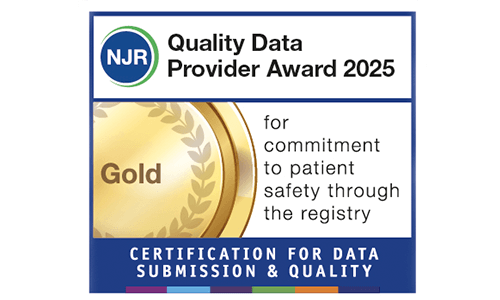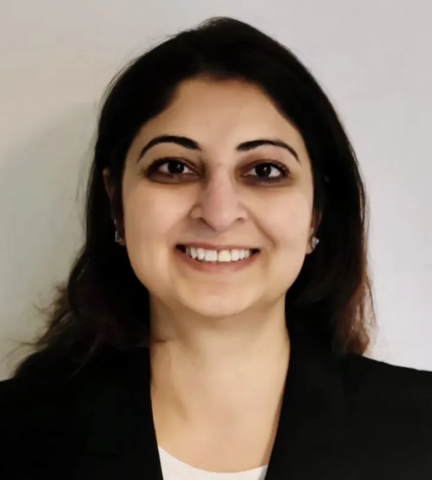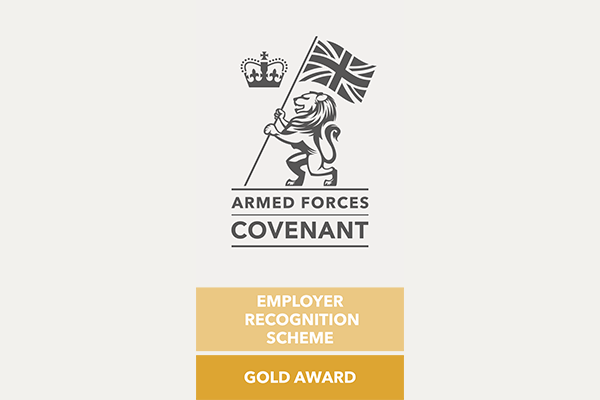Sports Medicine Specialists at Ashtead Hospital
-
Mr Hussain Mohammed Ershath Abdul Munaff
Physiotherapy
Mr Hussain Mohammed Ershath Abdul Munaff is a Physiotherapist in Surrey
View Profile -
Ms Natasha Allan
Physiotherapy
Ms Natasha Allan is a Physiotherapist at Ashtead Hospital in Surrey.
View Profile -
Mr Cassius Balucas
Physiotherapy
Mr Cassius Balucas is a Senior Physiotherapist in Surrey.
View Profile -
-
Ms Sara Dickinson
Physiotherapy
Ms Sara Dickinson is a Senior Physiotherapist in Surrey.
View Profile -
-
-


